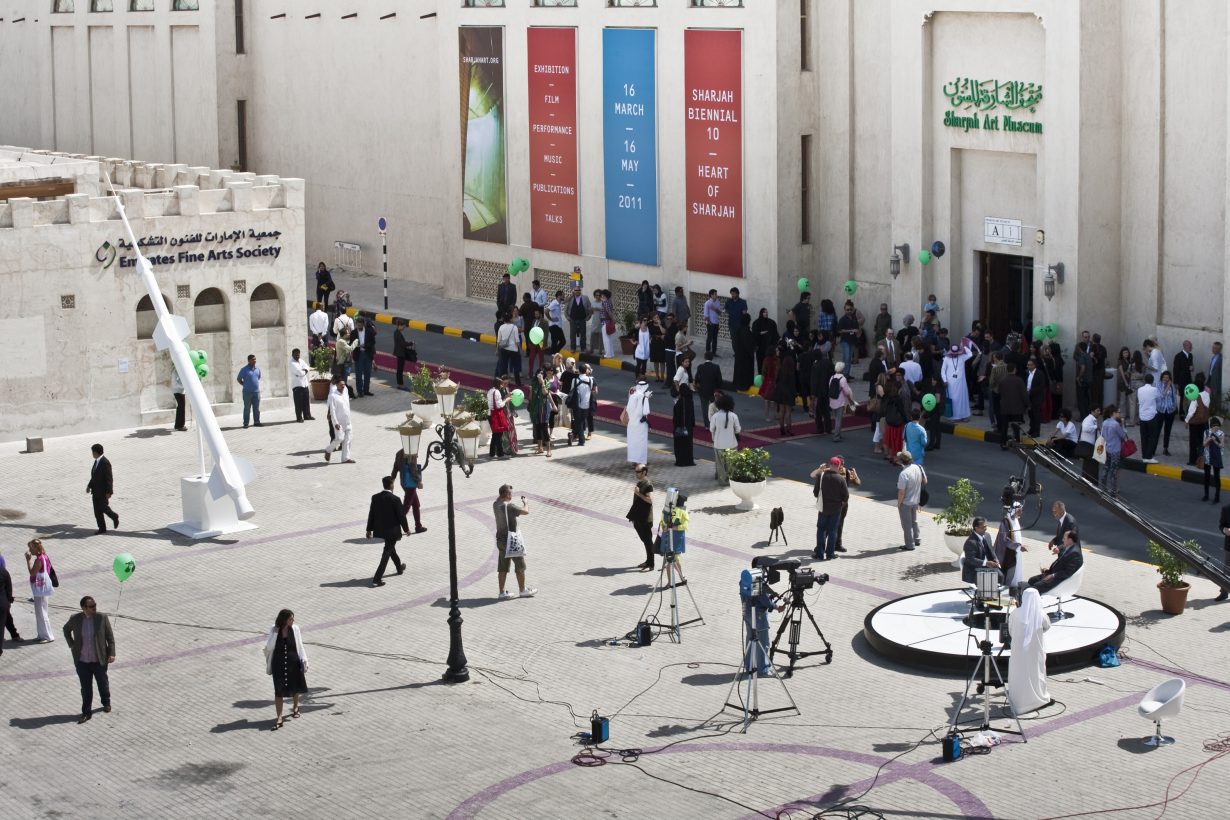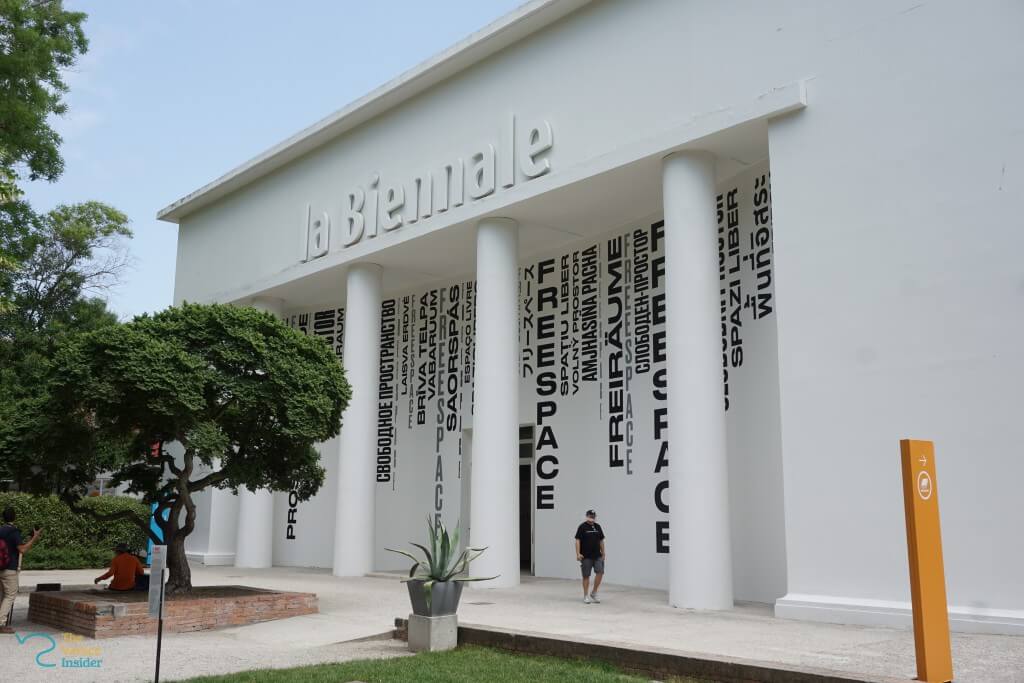The waxing and waning of the pandemic internationally can be traced through which art biennials are able to take place, and which face further postponement. The Sharjah Biennial in the UAE was due to stage its fifteenth edition in March 2022, already delayed a year. The Sharjah Art Foundation now say however that due to the ‘uneven’ distribution of vaccines globally it will shift back another year to 2023. The Emirates itself has one of the highest vaccinated populations, with a distribution rate of over 124 doses per 100 people, however the biennial itself often features a high proportion of artists from the global south, including countries that have not been able to secure enough vaccines for their populations.

In a statement, Hoor Al Qasimi, the director of the Sharjah Art Foundation, said, ‘Reflecting on the relentless devastation of COVID-19 in many parts of the world, as well as the uneven access to vaccines and restrictions to travel still in place, SAF has made the decision to open Sharjah Biennial 15 in 2023. Our goal is to give artists and our audiences the necessary time to tend to what is most urgent around them. We hope to be able to gather in Sharjah once again with renewed energy and appreciation for the way art can bring complex questions into focus.’
The exhibition, titled, Thinking Historically in the Present, was conceived by the late curator Okwui Enwezor.
The decision to postpone the Istanbul Biennial by a year was an even more urgent one: at the end of April, Turkey was experiencing a new spike, with a 7-day average of 60,000 new cases. A three-week lockdown has brought cases down, as has concerted efforts to overcome widespread vaccination scepticism (including health teams going door-to-door). Nonetheless curators Ute Meta Bauer, Amar Kanwar and David Teh say ‘art organizations all around the world face urgent, existential questions – questions of survival and relevance, about how they operate, for whom, and to what ends – biennials are not immune.’ Their exhibition is now set to open 17 September 2022.
The Venice Architecture Biennale, postponed a year, opened last week with reports suggesting larger visitor numbers than expected. Beside the spectre of the pandemic being present in both the exhibits and in the usual precautions, it also presented too much of a logistical nightmare for some countries: the Canadian, Chinese, Australian and shared Czech and Slovak pavilions in the Giardini were closed, while many more chose paired-down, pragmatic exhibits such as information boards and video. The German pavilion was empty other than a series of QR codes on the wall.

Like the UAE, Serbia is ahead of the game in terms of vaccination rollout, and is pressing ahead with the 58th October Salon, which will open 25 June. Visitors will be able to view, in-person, over 160 works, 70 of which are new productions, as well as public and site-specific interventions, at the Cultural Centre of Belgrade and the Museum of the City of Belgrade, and in the surrounding park of the Museum of Yugoslavia.
Curated by Ilaria Marotta and Andrea Baccin, the show features local names such as Aleksandra Domanović and Vuk Ćuk, as well as the likes of Alex Da Corte, Nicholas Deshayes, Camille Henrot, DIS and Cao Fei. Serbia originally had surplus vaccines, having bought 50 million for a country of 7 million and began touting ‘vaccine tourism’, with foreign visitors paying €25 for the jab. For now however the government has suspended that programme, but not before 30,000 non-Serbians took up the offer. Too late for anyone from overseas planning on combining art and immunity in one trip.
With foreign travel, especially long-distance travel, still severely curtailed, it is prescient that the fourteenth Baltic Triennial, opening 4 June, is focused, for the first time in its history, on artists from Central and Eastern Europe. Taking place in venues across Vilnius, Lithuania, curators Valentinas Klimašauskas and João Laia have included both living artists – such as Flaka Haliti, Karol Radziszewski and Aleksandra Domanović (whose work will also be in Belgrade) – and dead, Mladen Stilinović, Jonas Mekas and George Maciunas among them. Not all the artists will be able to travel to the opening of the The Endless Frontier however, as entry to Lithuania is currently only open to those travelling from the EU and EEA with citizenship or residency of those areas. Currently just 18.9% of the population is fully vaccinated, however bookings for first jabs will be open to all Lithuanians come 31 May. Until then, the country is also operating on a three-day week.